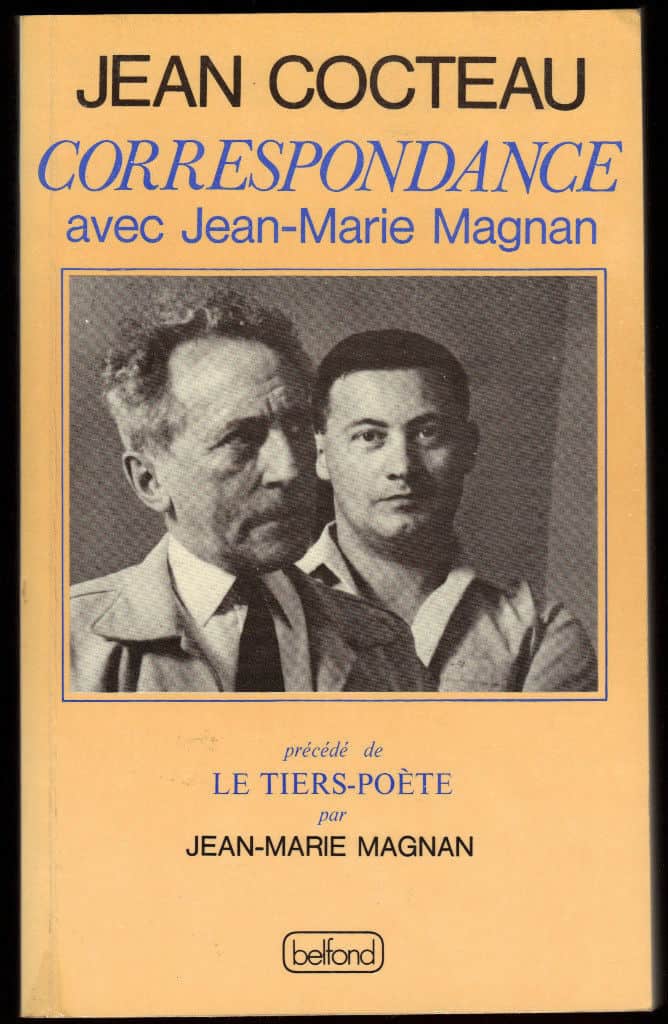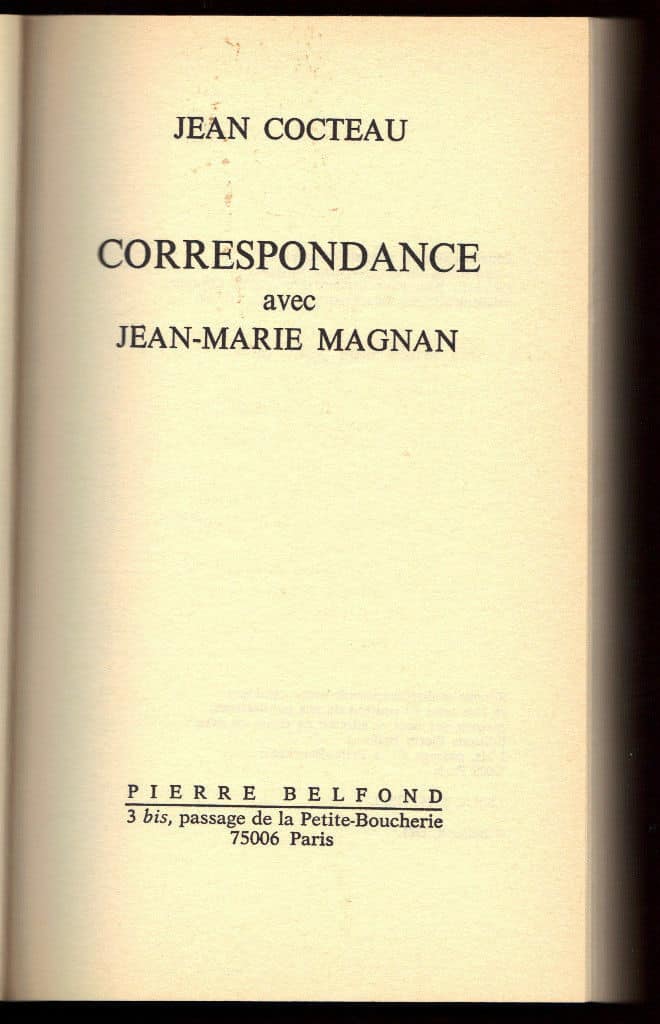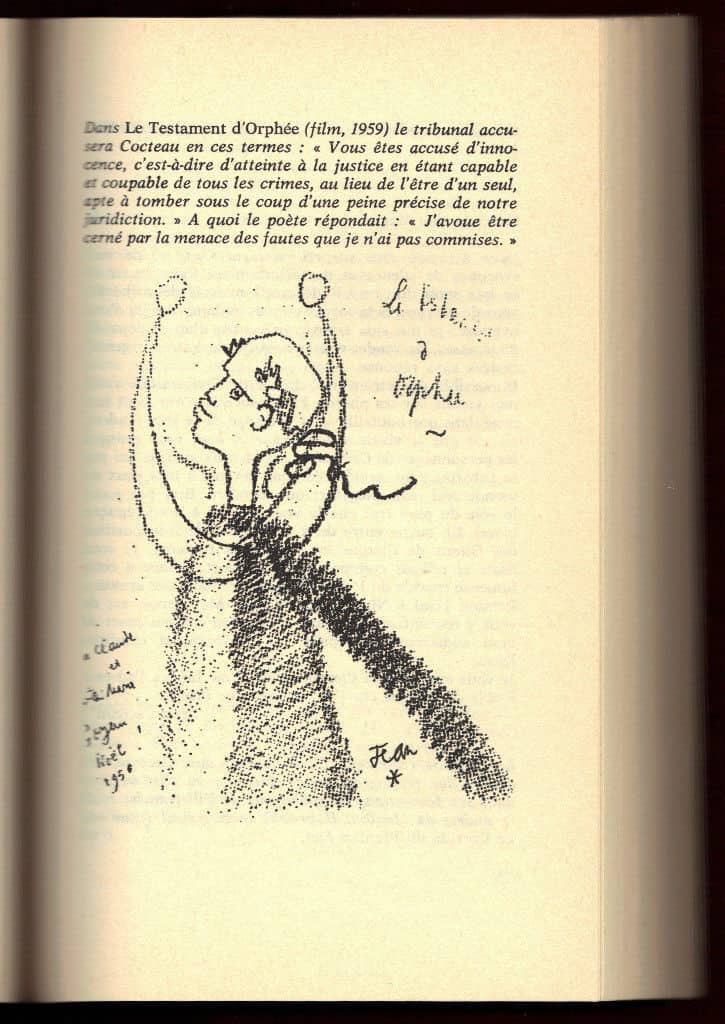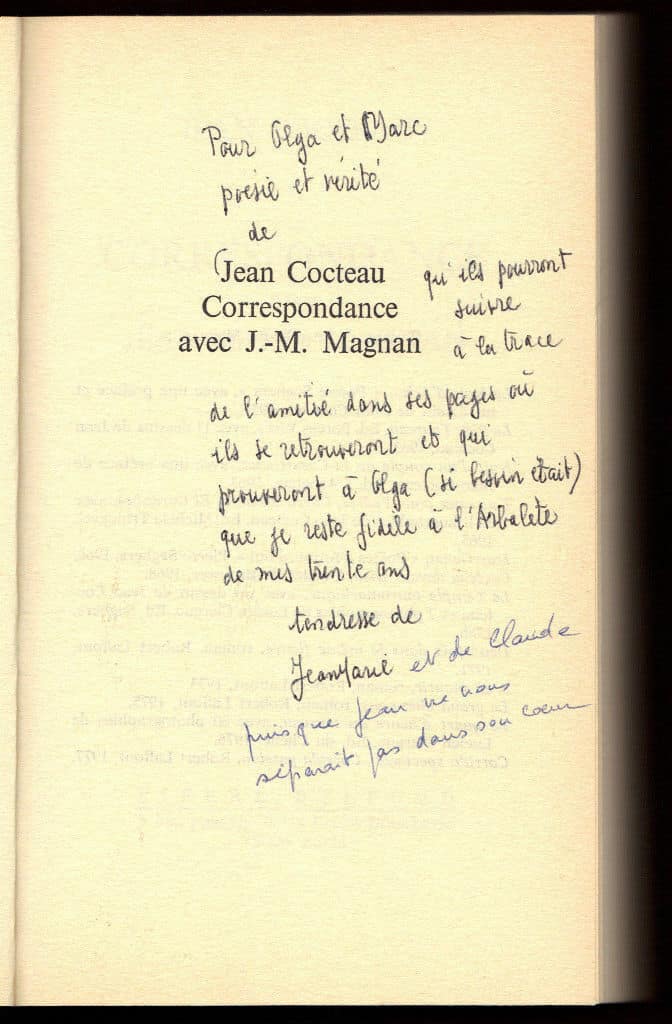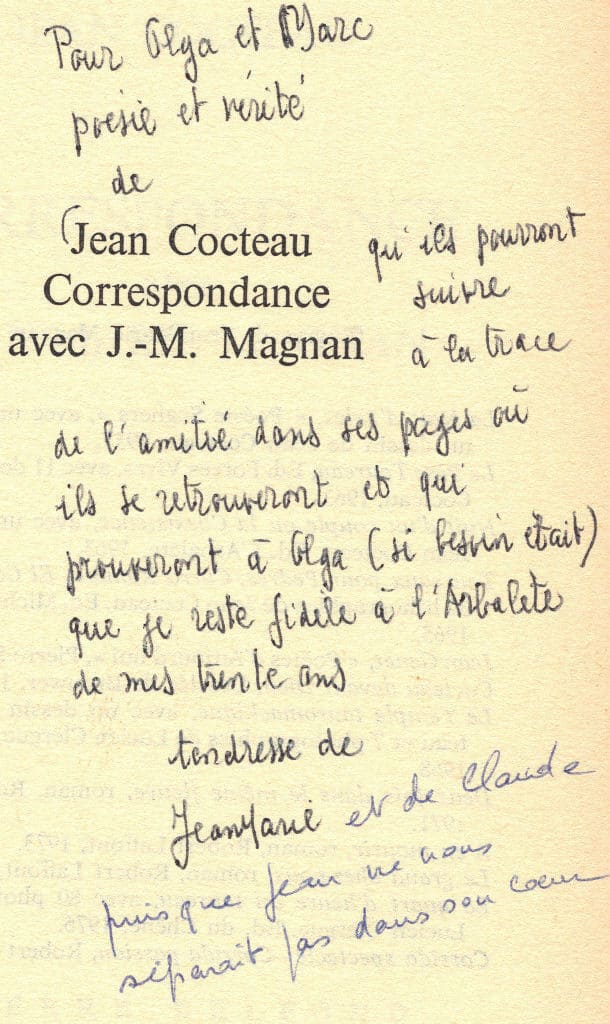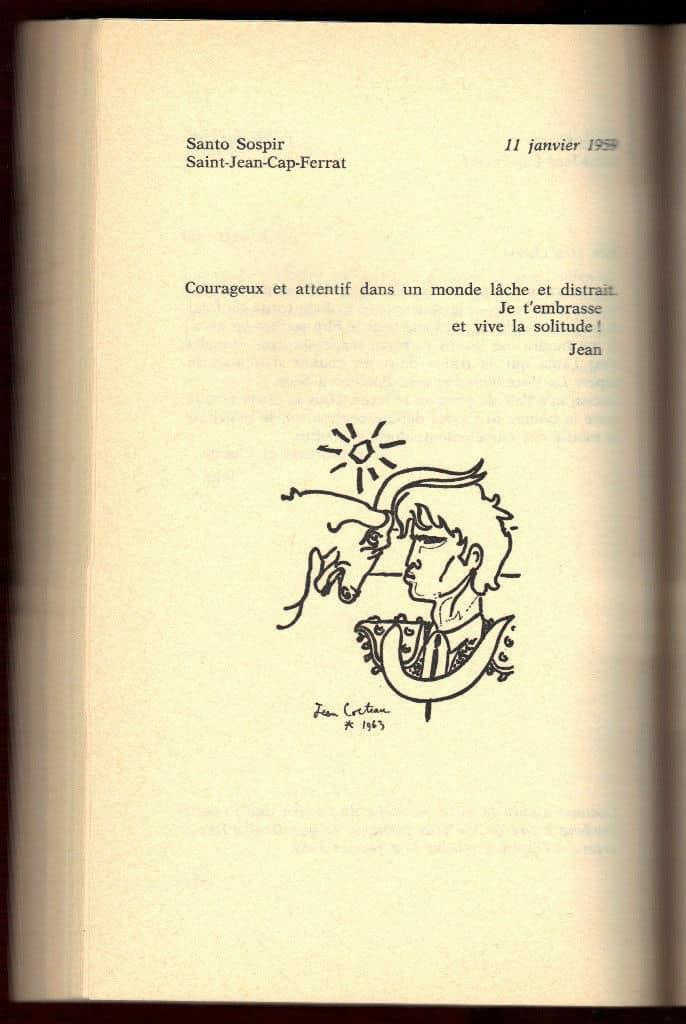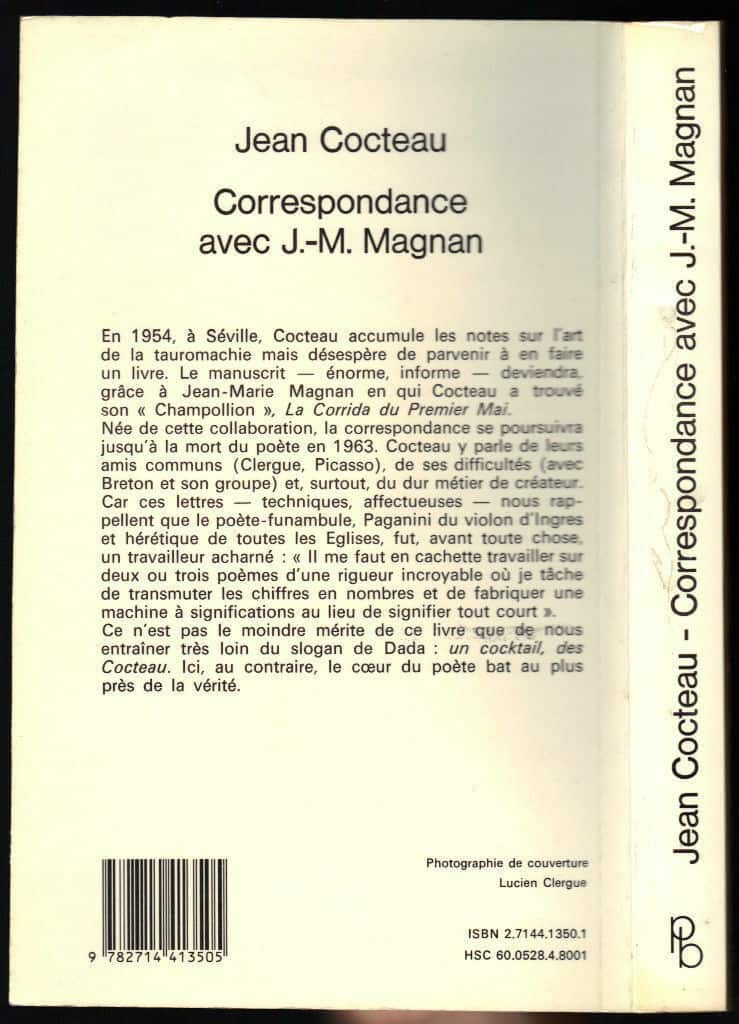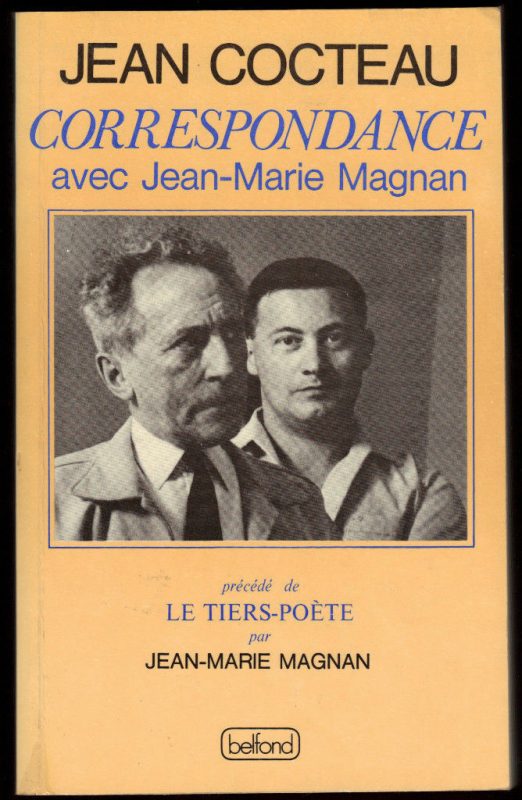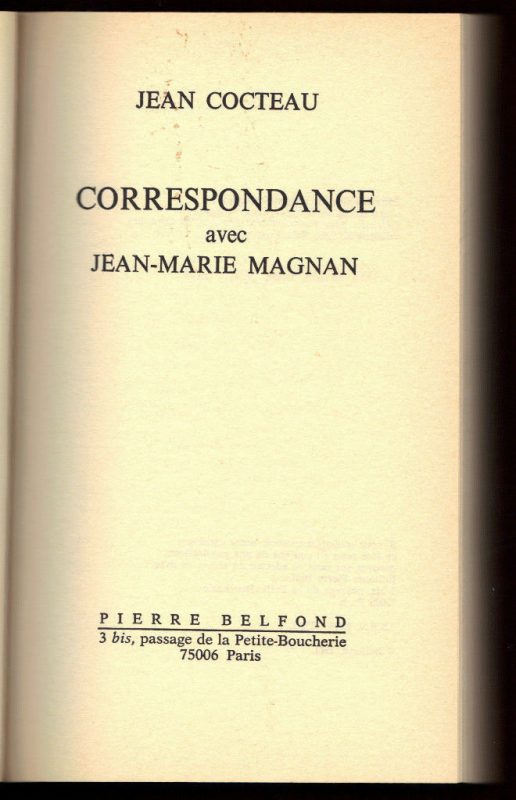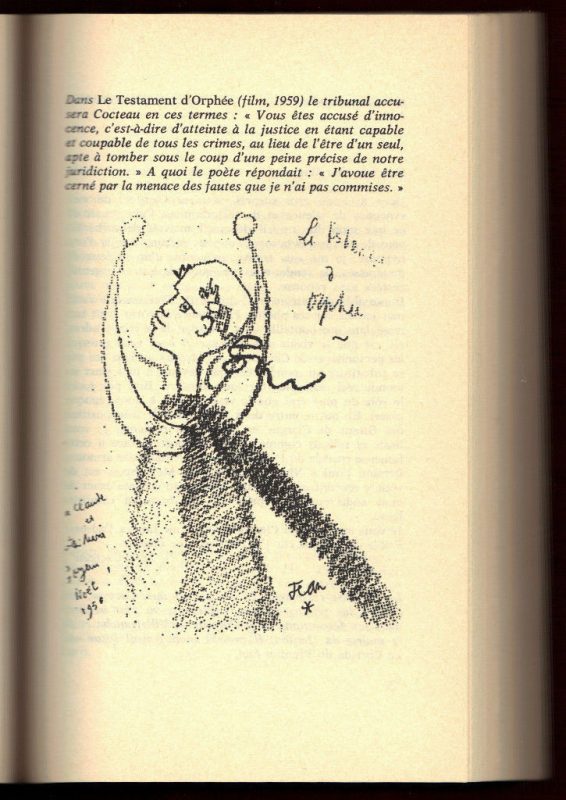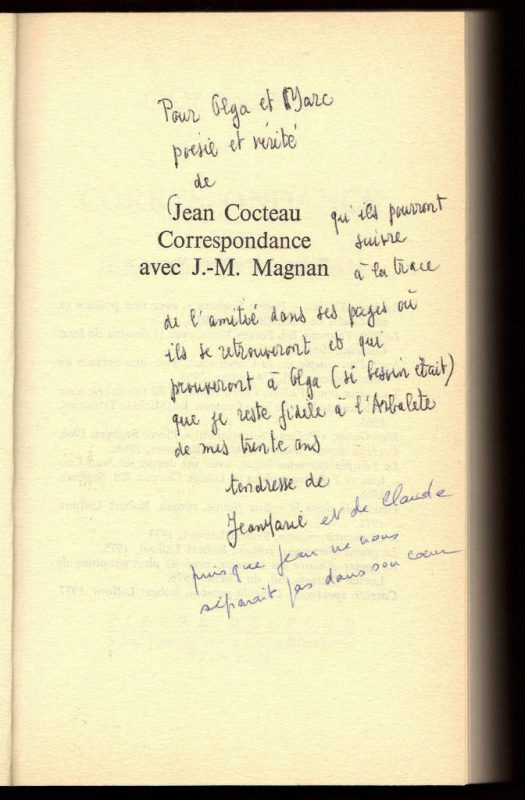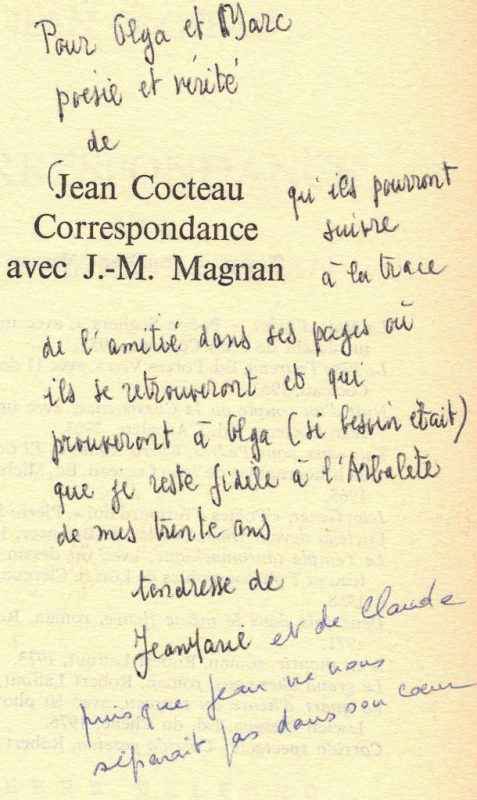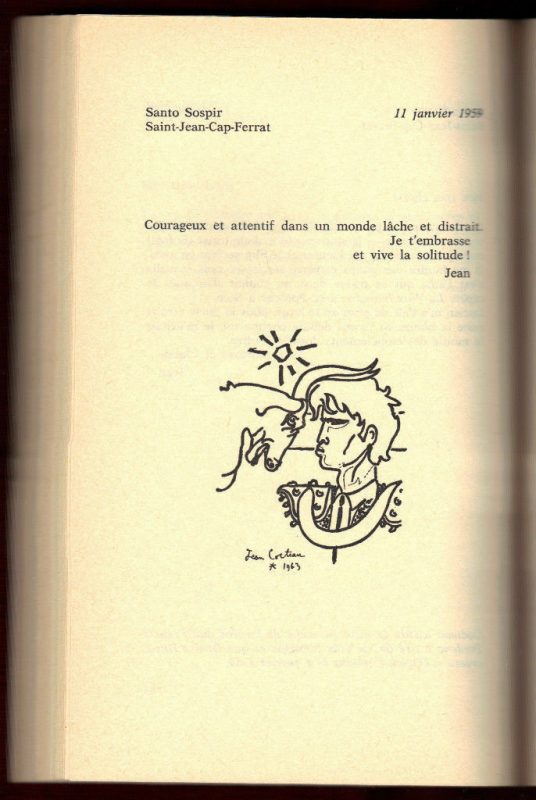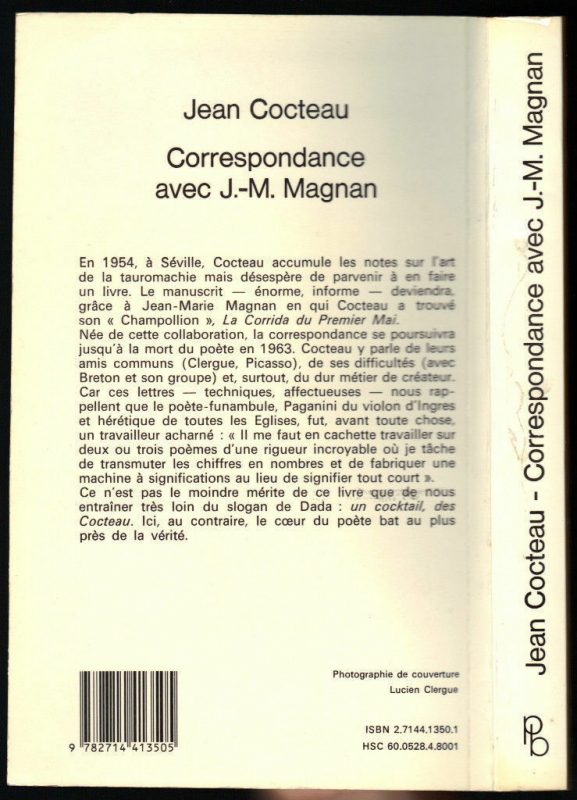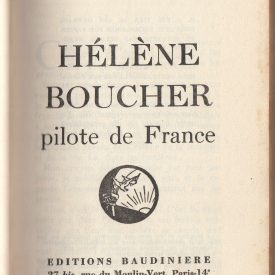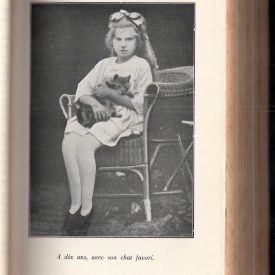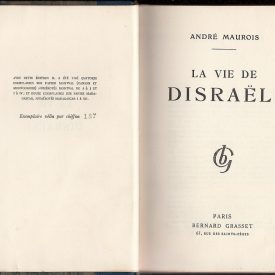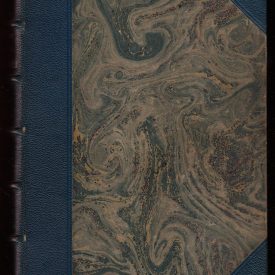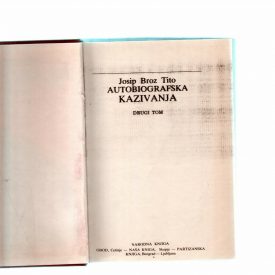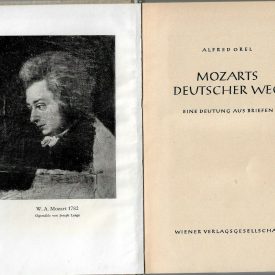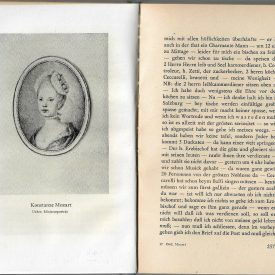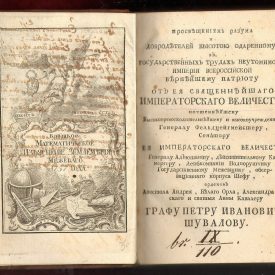Jean Cocteau Correspondance Jean Marie Magnan Lucien Clergue 1981 Signed French
Jean Cocteau CORRESPONDANCE AVEC JEAN-MARIE MAGNAN Belfond, Paris, 1981. Paperback. Cover photo by Lucien Clergue. Size: 22,4 x 13,8 cm. Pp. 265, 2l. Illustrated. Drawings reproduced in the text are excerpts from the book of Jean Cocteau: Taureaux pour Pedres, Curro Romero, El Cordobes, Editions Michèle Trinckvel. This copy is inscribed and signed by Jean-Marie Magnan. During his life Cocteau was commander of the Legion of Honor, Member of the Mallarmé Academy, German Academy (Berlin), American Academy, Mark Twain (U.S.A) Academy, Honorary President of the Cannes film festival, Honorary President of the France-Hungary Association and President of the Jazz Academy and of the Academy of the Disc. The cover edges are a bit frayed. Otherwise, a nice and clean copy. For condition and details see scans.
***
Jean Maurice Eugène Clément Cocteau was a French poet, novelist, dramatist, designer, playwright, artist and filmmaker. His circle of associates, friends and lovers included Kenneth Anger, Pablo Picasso, Jean Hugo, Jean Marais, Henri Bernstein, Marlene Dietrich, Coco Chanel, Erik Satie, María Félix, Édith Piaf and Raymond Radiguet. Cocteau was born in Maisons-Laffitte, Yvelines, a small village near Paris, to Georges Cocteau and his wife, Eugénie Lecomte; a socially prominent Parisian family. His father was a lawyer and amateur painter who committed suicide when Cocteau was nine. He left home at age fifteen. He published his first volume of poems, Aladdin’s Lamp, at nineteen. Cocteau soon became known in the Bohemian artistic circles as The Frivolous Prince, the title of a volume he published at twenty-two. Edith Wharton described him as a man “to whom every great line of poetry was a sunrise, every sunset the foundation of the Heavenly City…” In his early twenties, Cocteau became associated with the writers Marcel Proust, André Gide, and Maurice Barrès. In 1912 he collaborated with Léon Bakst on Le Dieu bleu for the Ballets Russes; the principal dancers being Tamara Karsavina and Vaslav Nijinsky. During World War I Cocteau served in the Red Cross as an ambulance driver. This was the period in which he met the poet Guillaume Apollinaire, artists Pablo Picasso and Amedeo Modigliani, and numerous other writers and artists with whom he later collaborated. Russian choreographer Sergei Diaghilev persuaded Cocteau to write a scenario for a ballet, which resulted in Parade, in 1917. It was produced by Diaghilev, with sets by Picasso, the libretto by Apollinaire and the music by Erik Satie. The piece was later expanded into a full opera, with music by Satie, Poulenc and Ravel. “If it had not been for Apollinaire in uniform,” wrote Cocteau, “with his skull shaved, the scar on his temple and the bandage around his head, women would have gouged our eyes out with hairpins.” Cocteau denied being a Surrealist or being in any way attached to the movement. Cocteau wrote the libretto for Igor Stravinsky’s opera-oratorio Oedipus Rex, which had its original performance in the Théâtre Sarah Bernhardt in Paris on May 30, 1927. An important exponent of avant-garde art, Cocteau had great influence on the work of others, including the group of composers known as Les six. In the early twenties, he and other members of Les six frequented a wildly popular bar named Le Boeuf sur le Toit, a name that Cocteau himself had a hand in picking. The popularity was due in no small measure to the presence of Cocteau and his friends. In 1918 he met the French poet Raymond Radiguet. They collaborated extensively, socialized, and undertook many journeys and vacations together. Cocteau also got Radiguet exempted from military service. In admiration of Radiguet’s great literary talent, Cocteau promoted his friend’s works in his artistic circle and also arranged for the publication by Grasset of Le Diable au corps (a largely autobiographical story of an adulterous relationship between a married woman and a younger man), exerting his influence to have the novel awarded the “Nouveau Monde” literary prize. Some contemporaries and later commentators thought there might have been a romantic component to their friendship. Cocteau himself was aware of this perception, and worked earnestly to dispel the notion that their relationship was sexual in nature. There is disagreement over Cocteau’s reaction to Radiguet’s sudden death in 1923, with some claiming that it left him stunned, despondent and prey to opium addiction. Opponents of that interpretation point out that he did not attend the funeral (he generally did not attend funerals) and immediately left Paris with Diaghilev for a performance of Les noces (The Wedding) by the Ballets Russes at Monte Carlo. Cocteau himself much later characterised his reaction as one of “stupor and disgust.”[citation needed] His opium addiction at the time,[5] Cocteau said, was only coincidental, due to a chance meeting with Louis Laloy, the administrator of the Monte Carlo Opera. Cocteau’s opium use and his efforts to stop profoundly changed his literary style. His most notable book, Les Enfants terribles, was written in a week during a strenuous opium weaning. In Opium, Diary of an Addict, he recounts the experience of his recovery from opium addiction in 1929. His account, which includes vivid pen-and-ink illustrations, alternates between his moment-to-moment experiences of drug withdrawal and his current thoughts about people and events in his world. Cocteau was supported throughout his recovery by his friend and correspondent philosopher Jacques Maritain. Under Maritain’s influence Cocteau made a temporary return to the sacraments of the Catholic Church. Cocteau’s experiments with the human voice peaked with his play La Voix humaine. The story involves one woman on stage speaking on the telephone with her (invisible and inaudible) departing lover, who is leaving her to marry another woman. The telephone proved to be the perfect prop for Cocteau to explore his ideas, feelings, and “algebra” concerning human needs and realities in communication. Cocteau acknowledged in the introduction to the script that the play was motivated, in part, by complaints from his actresses that his works were too writer/director-dominated and gave the players little opportunity to show off their full range of talents. La Voix humaine was written, in effect, as an extravagant aria for Madame Berthe Bovy. Before came Orphée, later turned into one of his more successful films; after came La Machine infernale, arguably his most fully realized work of art. La Voix humaine is deceptively simple—a woman alone on stage for almost one hour of non-stop theatre speaking on the telephone with her departing lover. It is, in fact, full of theatrical codes harking back to the Dadaists’ Vox Humana experiments after World War One, Alphonse de Lamartine’s “La Voix humaine”, part of his larger work Harmonies poétiques et religieuses and the effect of the creation of the Vox Humana (“voix humaine”), an organ stop of the Regal Class by Church organ masters (late 16th century) that attempted to imitate the human voice but never succeeded in doing better than the sound of a male chorus at a distance. Reviews varied at the time and since but whatever the critique, the play represents Cocteau’s state of mind and feelings towards his actors at the time: on the one hand, he wanted to spoil and please them; on the other, he was fed up by their diva antics and was ready for revenge. It is also true that none of Cocteau’s works has inspired as much imitation: Francis Poulenc’s opera La Voix humaine, Gian Carlo Menotti’s “opera bouffa” The Telephone and Roberto Rosselini’s film version in Italian with Anna Magnani L’Amore (1948). There has also been a long line of interpreters including Simone Signoret, Ingrid Bergman and Liv Ullmann (in the play) and Julia Migenes (in the opera). According to one theory about how Cocteau was inspired to write La Voix humaine, he was experimenting with an idea by fellow French playwright Henri Bernstein.[6] “When, in 1930, the Comedie-Française produced his La Voix humaine… Cocteau disavowed both literary right and literary left, as if to say, ‘I’m standing as far right as Bernstein, in his very place, but it is an optical illusion: the avant-garde is spheroid and I’ve gone farther left than anyone else.’” In the 1930s, Cocteau had an affair with Princess Natalie Paley, the beautiful daughter of a Romanov grand duke and herself a sometimes actress, model, and former wife of couturier Lucien Lelong. She became pregnant. To Cocteau’s distress and Paley’s life-long regret, the fetus was aborted. Cocteau’s longest-lasting relationships were with the French actors Jean Marais and Edouard Dermithe, whom Cocteau formally adopted. Cocteau cast Marais in The Eternal Return (1943), Beauty and the Beast (1946), Ruy Blas (1947), and Orpheus (1949). During the Nazi occupation of France, Cocteau’s friend Arno Breker convinced him that Adolf Hitler was a pacifist and patron of the arts with France’s best interests in mind. In his diary, Cocteau accused France of disrespect towards Hitler and speculated on the Führer’s sexuality. Cocteau effusively praised Breker’s sculptures in an article entitled ‘Salut à Breker’ published in 1942. This piece caused him to be arraigned on charges of collaboration after the war, though he was cleared of any wrongdoing and had in fact used his contacts to attempt to save friends such as Max Jacob. In 1940, Le Bel Indifférent, Cocteau’s play written for and starring Édith Piaf, was enormously successful. He also worked with Pablo Picasso on several projects and was friends with most of the European art community. Cocteau’s films, most of which he both wrote and directed, were particularly important in introducing the avant-garde into French cinema and influenced to a certain degree the upcoming French New Wave genre. Cocteau is best known for his novel Les Enfants terribles (1929), and the films Blood of a Poet (1930), Les Parents terribles (1948), Beauty and the Beast (1946), and Orpheus (1949). Cocteau died of a heart attack at his chateau in Milly-la-Forêt, Essonne, France, on 11 October 1963 at the age of 74. It is said that upon hearing of the death of his friend, the French singer Édith Piaf the same day, he choked so badly that his heart failed. He is buried beneath the floor of the Chapelle Saint Blaise Des Simples in Milly-la-Forêt. The epitaph on his gravestone set in the floor of the chapel reads: “I stay with you” (“Je reste avec vous”). In 1955 Cocteau was made a member of the Académie française and The Royal Academy of Belgium. During his life Cocteau was commander of the Legion of Honor, Member of the Mallarmé Academy, German Academy (Berlin), American Academy, Mark Twain (U.S.A) Academy, Honorary President of the Cannes film festival, Honorary President of the France-Hungary Association and President of the Jazz Academy and of the Academy of the Disc. supremeauctiononlinesoftware.widgets.EbayGalleryZ.swf supremewidgets

